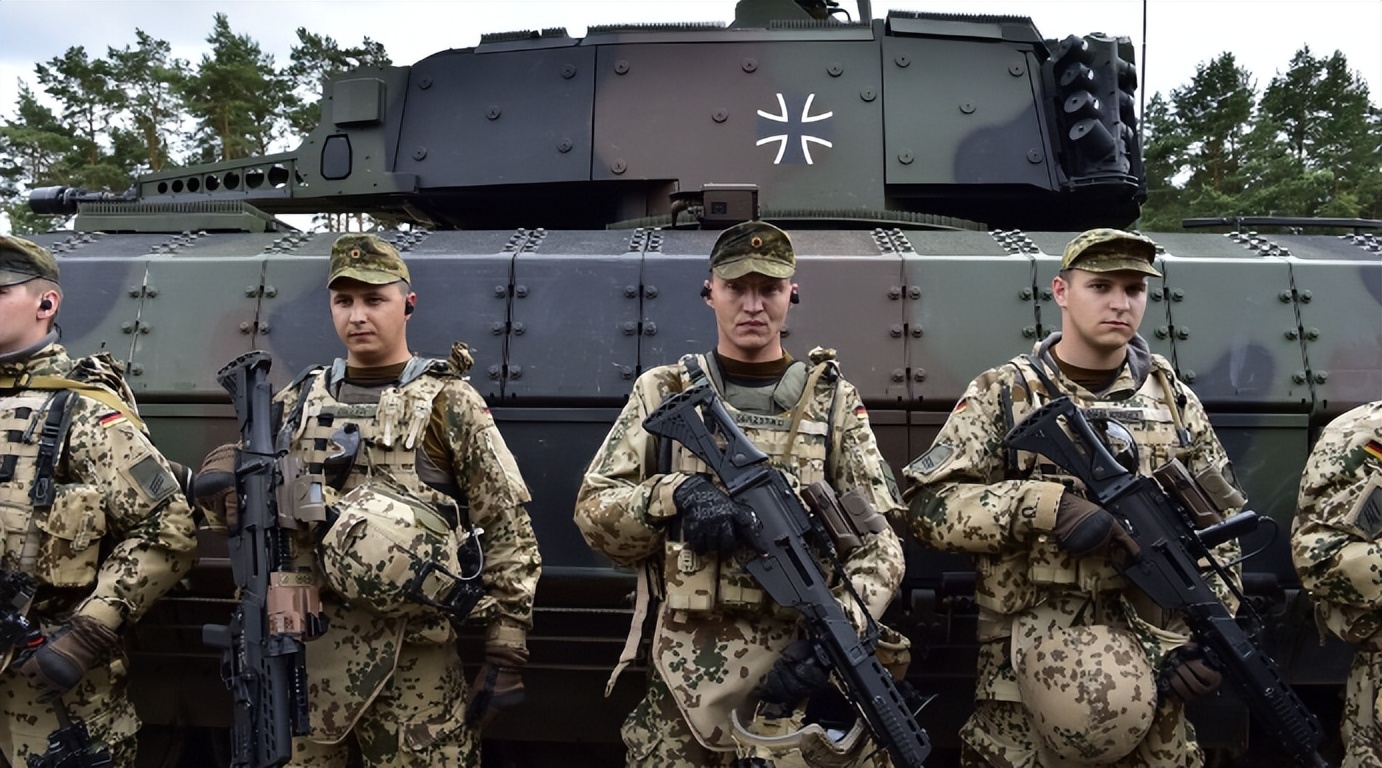Why does Poland make it boring when Russian drones cross the border? As Ukraine's drone and cruise missile production capacity began to climb, energy facilities in western Russia suffered heavy losses, and the two sides launched an increasingly fierce drone offensive and defensive battle. In a large-scale attack on Tuesday night, 19 Russian drones broke through interception and entered Polish airspace, resulting in the country's multiple airspace and airports being forced to close, and a double-defeated stocks and foreign exchanges in the Polish financial market.
After the incident, Polish Prime Minister Tusk held an emergency meeting to demand the launch of Article 4 of NATO and conduct joint consultations with the parties. Tusk said Poland will seek "stronger airspace defense support" from its allies through consultations. Regarding the statement of help issued by Poland, U.S. Ambassador to NATO Whitaker said that the United States will stand on the same front with its allies and defend every inch of NATO's territory. NATO Secretary-General Rutt severely condemned Moscow's "reckless and dangerous behavior", saying NATO is conducting an assessment of the matter.
So, will NATO provide support to Poland? In terms of the nature of the incident, this is the first time that NATO member states have shot down Russian military aircraft that crossed the border since the outbreak of the Russian-Ukrainian conflict in February 2022. Although it is just drones, it can also be regarded as a war. After all, these drones carry explosives, which is completely possible to cause casualties. Polish Prime Minister Tusk even believes that this is "the closest we have ever encountered a conflict since World War II."
Anonymous senior NATO official revealed that Russia's drone and missile crossed the border more than once, and the previous crossings were very small and could be regarded as accidents, but this time it was obviously a "deliberate invasion". Russia may be trying to test NATO's bottom line, or it may be trying to open up new drone flight routes and attack Ukraine from the rear. In the face of Russia's provocation, NATO showed sufficient defensive determination. Not only did Poland's F-16 fighter jets participate in the interception, the Netherlands also dispatched F-35 fighter jets, and Italy dispatched early warning aircraft and aerial refueling aircraft. If Russia wants to continue to launch a larger-scale drone attack, it must consider the danger of triggering collective counterattacks of NATO countries. At present, this possibility is not great.

In fact, Russia's actions have affected the direction of American politics. The day after the cross-border incident, the U.S. House of Representatives rejected the amendment to "ban the United States from continuing to provide funds to Ukraine" with 60 votes in favor and 372 votes against. This means that Ukraine is expected to share $30 billion in funding from US military spending totaling nearly $900 billion in the new fiscal year. After the U.S. Senate reviews and passes, the amount may increase to $50 billion. More importantly, in the future, Trump will not have the right to interrupt aid to Ukraine, and the Pentagon must continue to provide intelligence support to Ukraine. In the next three years, Ukraine will no longer have to worry about being forced to "cede land for peace" by Trump.

Since the United States is willing to provide assistance to Ukraine, then it goes without saying that Poland, a NATO country, Russia's temptation can be said to be "stealing chickens but losing rice." On September 4, after French President Macron announced the formation of a "voluntary alliance" of 26 countries and officially promised to provide security for Ukraine, Putin once responded strongly, threatening that if NATO troops enter Ukraine, it would become a legal target of attack by the Russian army. The subsequent drone crossing incident on the evening of September 9 was considered a public warning from Putin. But it is obvious that this warning did not work in any way. Instead, the United States increased its support for Ukraine. Germany said that a decision would be made based on the degree of US participation on whether to send troops to Ukraine.
Now that the United States has partially finalized the aid plan to Ukraine, it is expected that Germany will follow up soon. Perhaps it won't take long before the fighter jets and tanks painted with iron crosses will soon meet the Russian army again on the battlefield. This kind of scene is definitely something that Putin cannot tolerate. So how should Putin take on this challenge? It is estimated that we still have to find breakthroughs from peripheral battlefields such as Gaza and Yemen. The recent Israeli attack on Yemen and Qatar is a good entry point.














